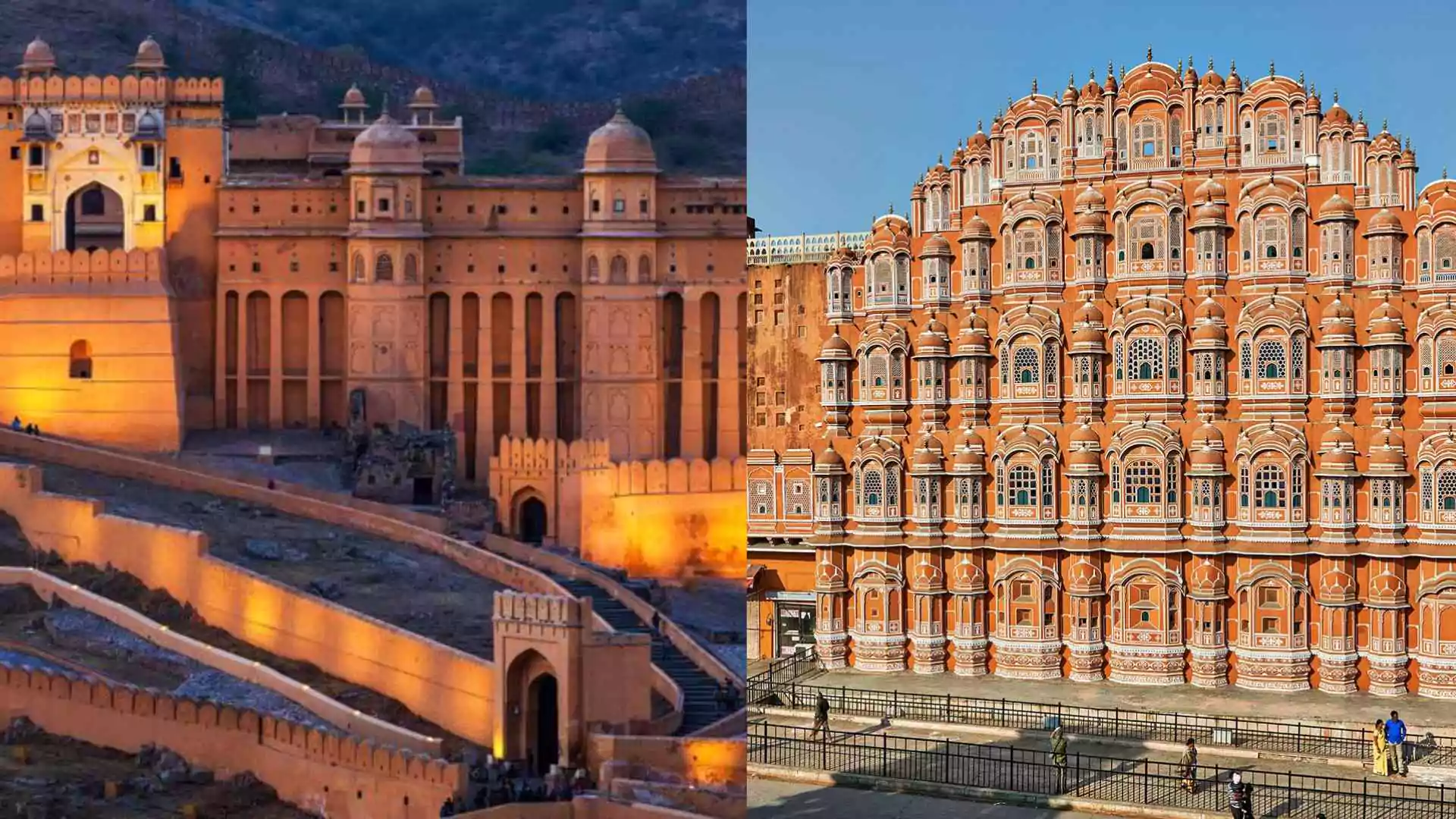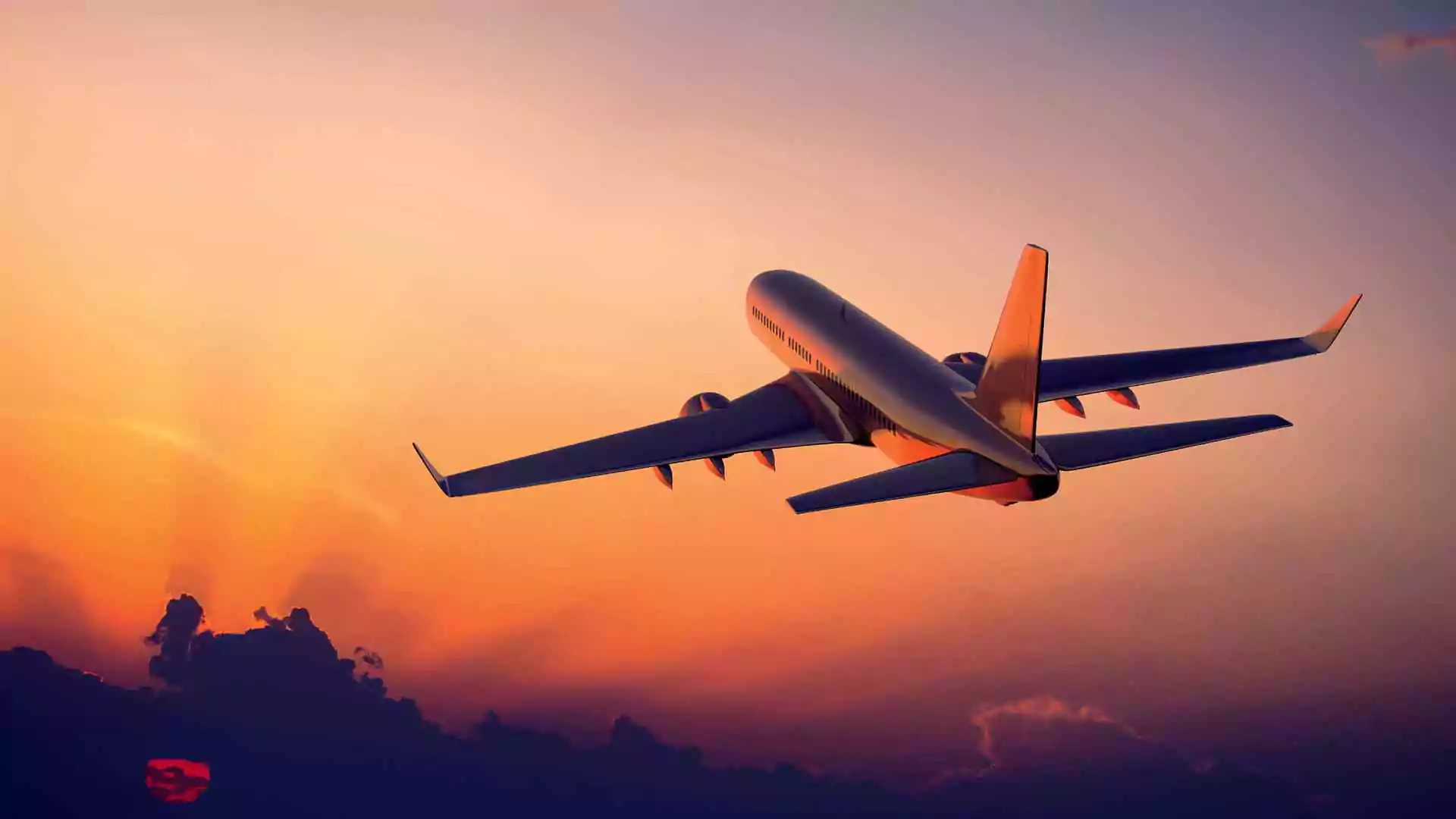Back in 2016, a quiet gesture of goodwill from India set something remarkable in motion across Sri Lanka. When Prime Minister Narendra Modi handed over 88 ambulances to the island nation, it was meant as a step toward strengthening ties and offering support. But nearly a decade later, that gift has grown into a national emergency service that’s credited with saving around 1.5 million lives — and counting.
From a Modest Start to a Life-Saving Network
At the time, those ambulances helped launch Sri Lanka’s very first free nationwide emergency response system. What started small is now a countrywide fleet. According to Sri Lankan officials, there are now 322 ambulances operating across the country, running 24/7 and responding to medical emergencies — completely free of cost.
“Today, the fleet size of ambulances has grown to 322. It is used to provide free emergency transportation services to the whole country day and night,” Sri Lanka’s Minister of Health and Media, Nalinda Jayatissa, shared in a message addressed to PM Modi on Saturday.
Millions of Emergencies, Millions of Lives
Since the service began in 2016, it has responded to more than 2.24 million emergencies, from serious traffic accidents to heart attacks and strokes. What’s even more significant is that the majority of these cases involved what medical professionals call the “golden hour” — the critical window when quick treatment can mean the difference between life and death.
“Out of the above, 65% of the emergencies fall into the ‘critical golden hour’ category which means the patient would have lost his or her life if not for this ambulance service. That is nearly 1.5 million lives saved up to now due to your generosity and continues to save lives in Sri Lanka,” Jayatissa wrote.
Indian government sources say this project stands as a powerful symbol of how India and Sri Lanka have worked together not just politically, but practically — in ways that directly impact people’s lives.
In fact, the cooperation between the two countries has only grown stronger in recent years, especially during times of crisis. One recent example: the devastating earthquake that struck Myanmar.
India’s Quick Response to Myanmar’s Earthquake
Following the quake, India launched Operation Brahma, a fast-track relief initiative aimed at providing essential aid to Myanmar within hours of the disaster. The government sent 15 tonnes of critical supplies — everything from tents and blankets to medical kits, food packets, and portable generators — all within the first day.
Just last week, an additional 442 metric tonnes of food aid was delivered to further support those in need.
A Long-Term Impact Beyond Borders
Whether through medical support, disaster relief, or development aid, India’s outreach in the region is steadily building a legacy of trust and compassion. And in Sri Lanka, those 88 ambulances — a gift once seen as symbolic — have become a cornerstone of modern emergency care.
What began as a diplomatic gesture is now part of everyday life for millions of Sri Lankans. And for nearly 1.5 million of them, that gift may very well be the reason they’re alive today.






















